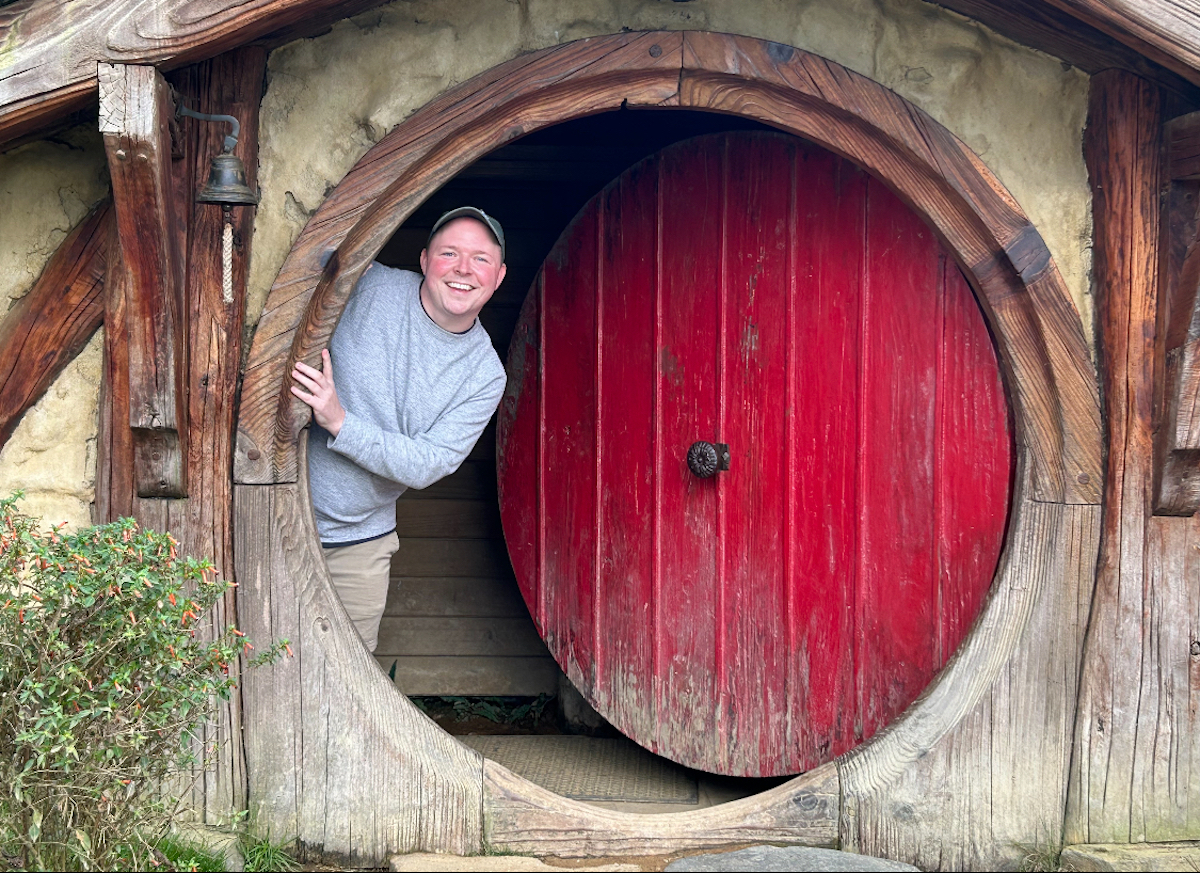The new Science and Health Sciences Building at UW-Eau Claire is in the process of construction and estimated to be complete by the fall of 2027. As it will be replacing Phillips Science Hall, there have been questions as to whether the James Newman Clark Bird Museum will remain a part of campus.
The answer is yes, it will remain, but the relocation of the birds to the new building will not come without challenges.
The bird museum is home to over 500 different species accumulated by James Newman Clark from the 1870s through the 1920s. Clark, who was a farmer, taxidermist, businessman and ornithologist in Meridean, Wisconsin, passed away in 1928. His heirs donated the collection to UW-Eau Claire in 1959.
The exhibit includes birds native to Wisconsin, rare birds — such as the now-extinct passenger pigeon — and exotic species that Clark traded for from around the world.
Despite the birds’ ages, many of their features have remained intact due to Clark’s taxidermy skills and preservation efforts by the university’s biology department over the years. According to the guidebook, the exhibit houses 25 cases of different species including dioramas from 1969 of native birds in their natural habitats.
Jennifer Smith, an associate professor of biology, is the curator of the vertebrate collection and is helping with preparations for the museum’s transition.
“Each specimen includes natural history information that is specific to that specimen, documenting the location, date and physical characteristics of the species,” Smith said. “This information aids scientists in understanding how populations change in response to environmental influences like climate change and habitat loss.”

(Photo by Isabella Matczak)
The museum is free to the public and often visited by school groups, community members and university students as it is utilized in certain classes, according to Smith.
Smith said her students recently observed live birds in nature and then studied the features of the birds in the museum. In her course about vertebrate biology, students have been organizing a full inventory of the exhibit’s species to help prepare for the move.
Clara Sallmann, the greenhouse and animal care manager at UW-Eau Claire, is on the Bird Museum Design Committee, which was formed last summer to help plan the logistics of the relocation.
Sallmann said her main role will be packaging the birds, which requires wrapping them in ethafoam and placing them into boxes of various sizes.
Since the specimens are very fragile, challenges to moving them include exposure to the elements, parasites and physical damage. Sallmann said it is recommended to freeze any birds possibly infested with insects to limit the need for toxic chemicals.
Victoria Carlsten is a fourth-year biology student who is assisting with the museum’s bird inventory.
“There are so many things that cause fast deterioration of specimens, including bugs, sunlight, temperature and humidity,” Carlsten said. “A lot of care and thought will need to be used to successfully transport all of the specimens to the new building, and I hope they do take the time to do so.”
Sallmann said that once the museum is relocated to the Science and Health Sciences building, there may be some changes. Many of the displays will remain the same, but the outdated name tags and information will be updated for accuracy.
Smith said the museum is a “cornerstone” of the biology department and supportive of the university’s sustainability efforts and environmental education.
“In an age where technology is everywhere and we have so much information available to us, there is still no replacement to the tangible experience of connecting with the physical world around us,” Smith said.
Matczak can be reached at matczaij9603@uwec.edu.







